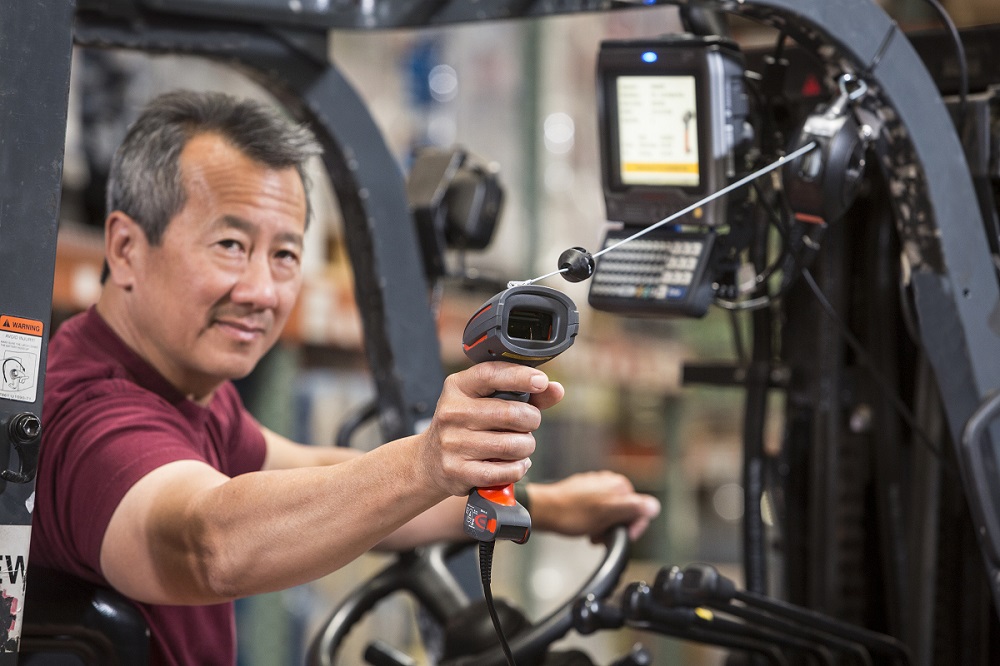With margins already razor thin and a competitive landscape that is increasingly driven by price, keeping costs low is a must for warehouse operators. For managers that already feel like they’ve cut the budget to the bone, finding more warehouse cost savings can be a daunting task.
There’s no magic pill that will reduce costs, but a mix of new technology and more efficient approaches to operations — outlined below — can help improve the bottom line without adversely impacting customer service.
Labor: Labor is a huge expense. The more employees handle goods, the slower and more expensive every transaction becomes. Extra labor also introduces the possibility of more errors — so any warehouse cost savings program should target ways to reduce labor first.
Analyze your warehouse for duplicative handling processes. Eliminate manual data entry via barcoding or mobile computing (see Technology below), and consider automated material handling solutions like robotic picking systems that can quickly convey goods to a centralized sortation/packing operation. You may also want to consider implementing labor management software to help automate and measure these efforts.
Your warehouse workers are valuable assets; optimize their time by eliminating as much walking, lifting, and manual checking as possible. That will allow them to focus on shipment accuracy, quality control, and other activities that provide a bigger value-add to your customers.
Space Optimization: Make sure you are making the most of the storage space available. Group items by location or shipping velocity to help minimize the distance traveled during picking. Make the most of vertical space by extending the racks/shelves upward and using robotic systems and lifts to safely access those areas. It’s also important to keep shelves neat, organized, and clearly labeled so pickers can easily find what they are looking for.
These approaches will not only save labor, but will also make it easier to store and move more goods without the expense of expanding the physical warehouse.
Technology: Proper use of technology will go a long way toward warehouse cost savings. A modern warehouse management system (WMS) can help automate shipping and receiving, generate pick lists, manage orders, and optimize picking paths. A WMS should be coupled with reliable mobile computers to help eliminate the need for paper pick lists and forms and to allow employees to update inventory systems in real time as goods are picked or put away.
Finally, barcode technology should be at the heart of any technology/automation initiative to create warehouse cost savings. Using barcodes to track all incoming and outgoing inventory eliminates human error, improves inventory accuracy, and will give internal staff and customers a real-time view of all inventory and incoming/outgoing shipments. Because barcode data is more timely and accurate, it is easier to convert that information into actionable business intelligence that can be used to make better inventory decisions.
Honeywell offers a full line of mobile computers and scanners that can enable this type of automated tracking, including vehicle mounted computers that can be used on fork trucks, handheld devices and wearable/voice-directed units to improve picking efficiency, and even computers specifically designed for cold-storage warehouses.
Lean Production Principles: Lean methods focus on waste reduction — wasted labor, wasted time, and wasted materials. In a way, every item on this list of tips for warehouse cost savings would be a contributor to a lean approach.
The key takeaway is to review every process in your warehouse with an eye on reducing unnecessary work or duplicative efforts. For warehouses that have been operating for a while, new processes are often overlaid on older methods with little thought to overlap. These activities can build up like plaque in an artery, and your current employees may not even know why some of those processes exist. They were simply inherited without any questioning of whether they are necessary. Streamline where possible and review processes on a regular basis.
Cross-Docking and Improved Receiving: The longer inventory sits on a shelf, the more expensive it becomes to carry and the less value it has. Consider implementing cross-docking operations for customers (where appropriate) so that inventory can be received and shipped more quickly and with less need for storage space.
This creates warehouse cost savings while giving a boost to customer service. For loads that require significant consolidation or deconsolidation operations, this approach saves a significant amount of time and presents an opportunity to provide more value-added services to customers.
By focusing on these five areas and implementing a continuous improvement program to regularly re-evaluate your progress, even the most cost-efficient warehouses can find ways to improve. Achieving warehouse cost savings can be challenging, but in an increasingly competitive marketplace it is an effort worth making.




